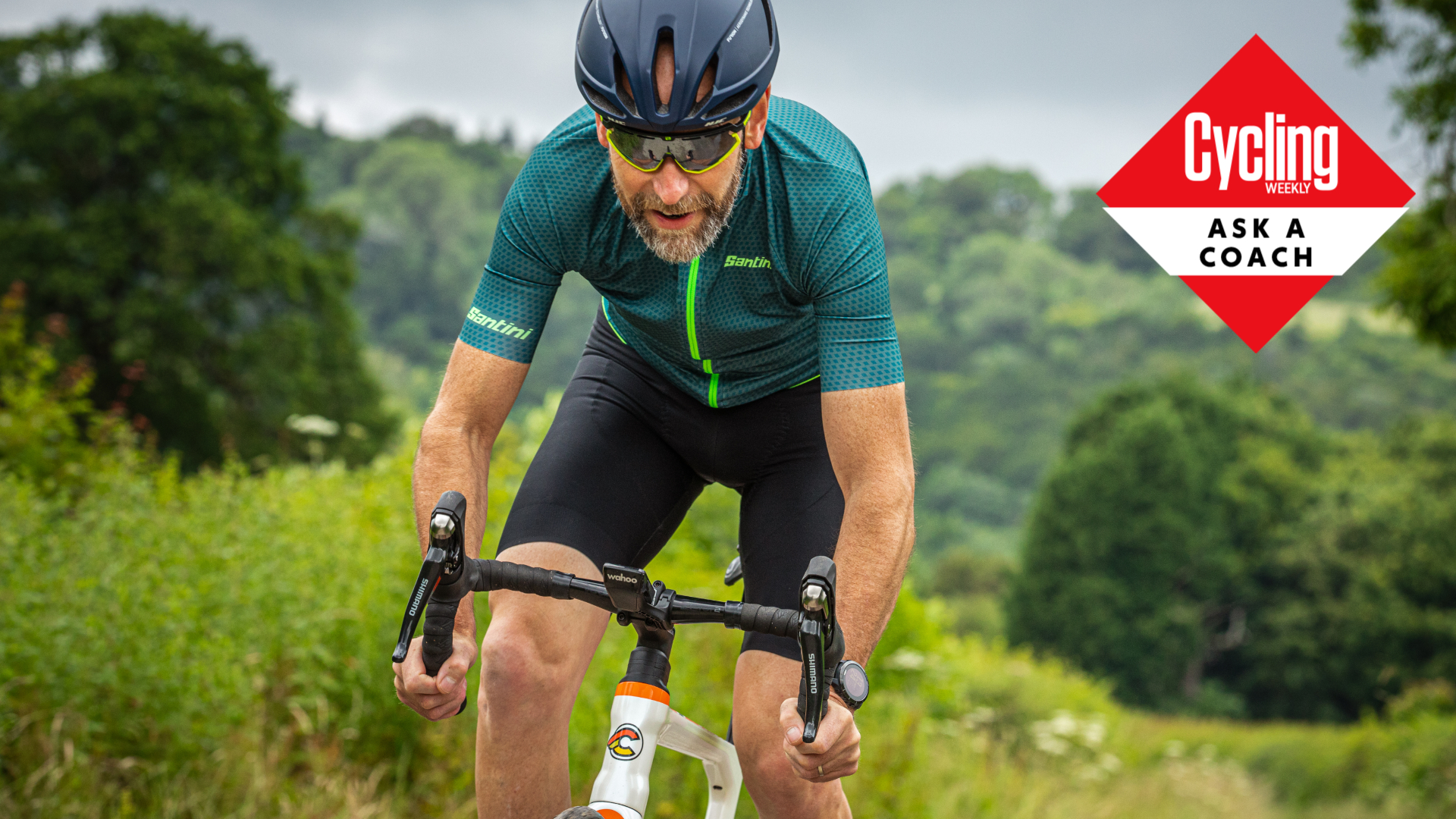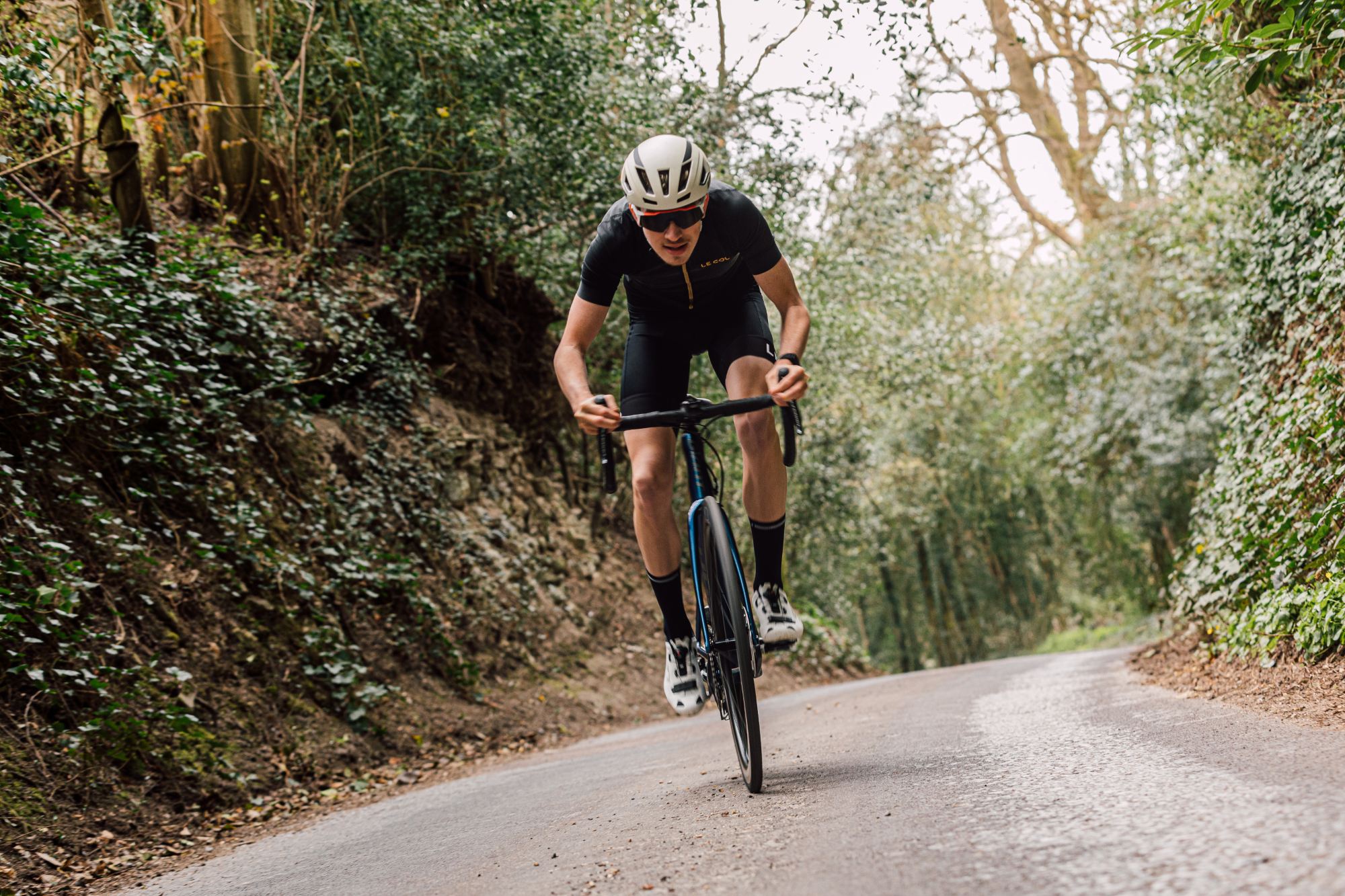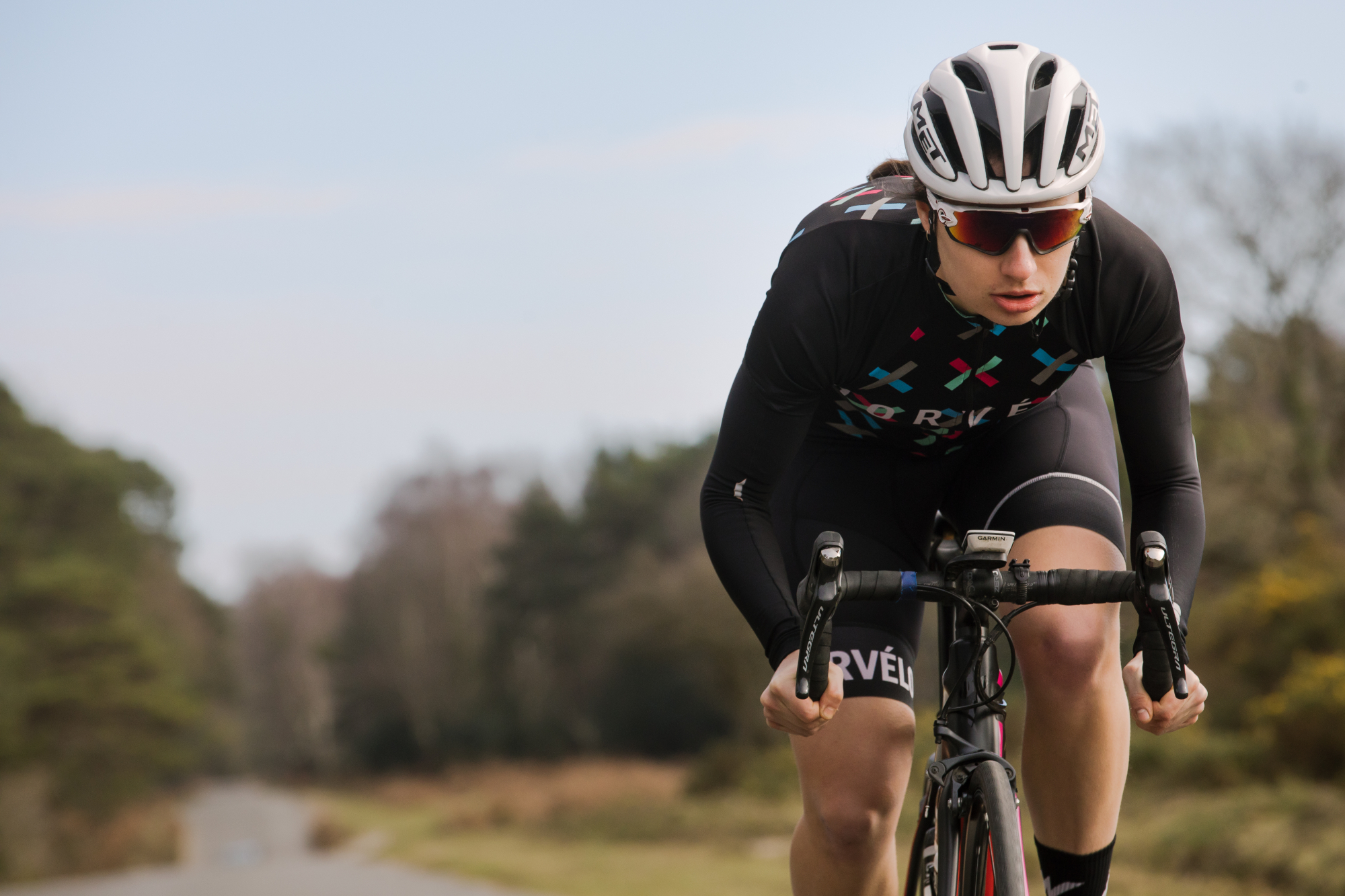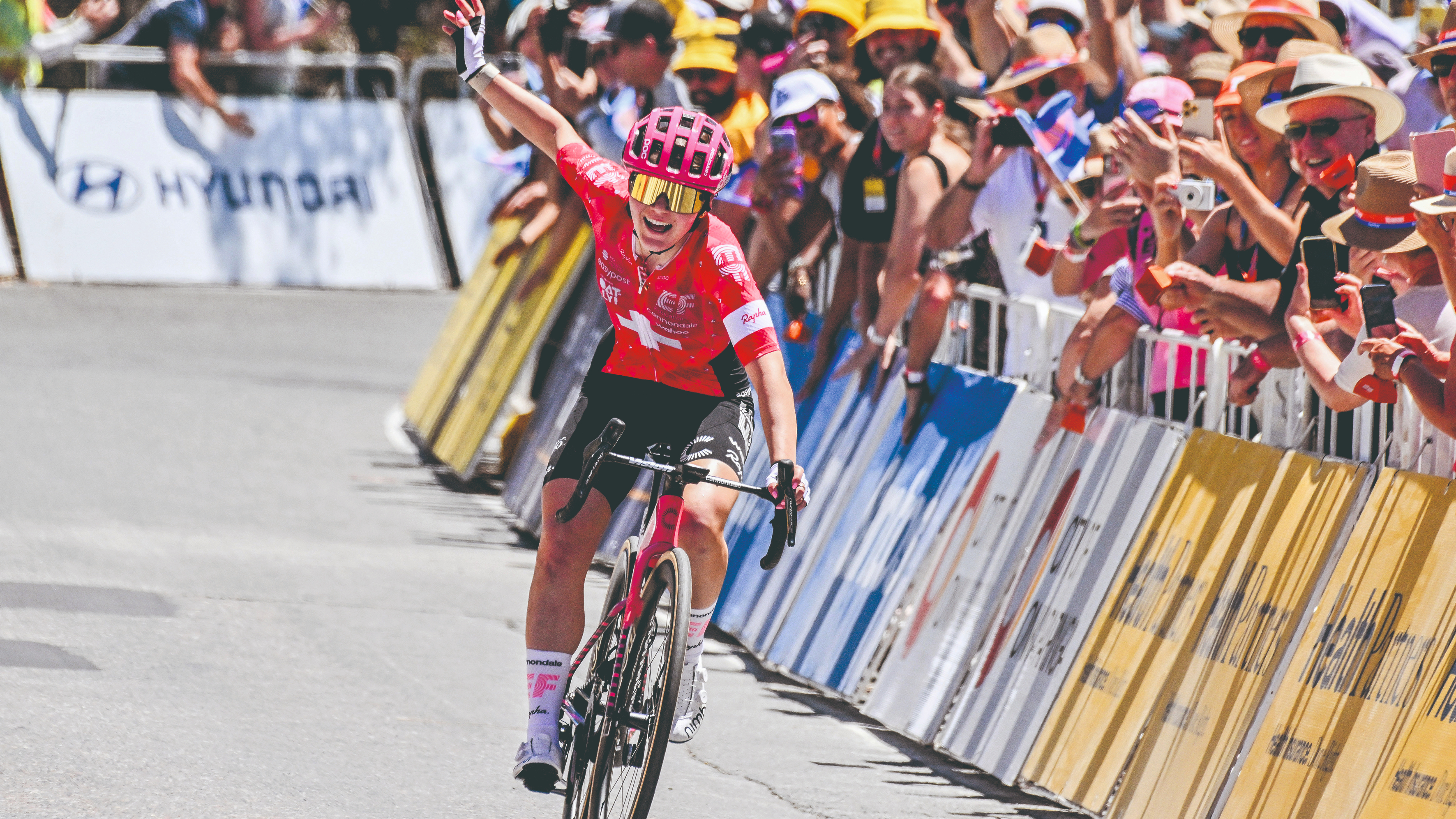Ask a coach: ‘Why do I always get out of breath before my legs are tired?’
The answer isn’t that you just need to train more...


In this age of online training plans and workouts, do you ever find yourself with a burning question you’d like to directly ask a cycling coach? Well, now is your chance to ask away! In this series, we’ll be putting your questions to expert coaches – send them in at anna.abram@futurenet.com.
I won’t lie, when I saw this question come in for my weekly article, I was rubbing my hands together – a chance to get stuck into some real exercise physiology. Don’t worry though, I won’t start just throwing technical terms around - well, not just yet anyway...
To answer this question we need to understand – during very hard exercise – what exactly is going on there in the leg muscles and what it is that forces us to start breathing harder.

Sports scientist and coach James Spragg is one of the experts who will be answering your questions in Cycling Weekly's ASK A CYCLING COACH series which comes out every Wednesday. Working both in research and applied settings, he currently runs Intercept Performance Consultancy.
Let’s start with the legs…

During very hard exercise such a VO2 max session or during anaerobic efforts, there are several changes that happen within the leg muscles. You have all probably heard about lactate (sometimes incorrectly called lactic acid) and how its build up causes our legs to burn and stops us from exercising… well, I am here to tell you that is completely incorrect.
Lactate is certainly produced but it doesn’t cause our legs to burn, nor does it stop us from exercising. In fact, without it, things would be a lot worse. Let me explain.
You might remember from biology class a substance called ATP – ATP is basically a micro battery that can be used to transfer energy around the cell. Every time our leg muscles contract, we break down ATP. However, there is only a limited amount of ATP available; so, if we want to keep going, we need a way of putting ATP back together. We have several ways to do this. The phosphocreatine (PCr) system, the glycolytic system, and the aerobic system. Okay yes, we’re getting technical with this one…
To put ATP back together, we first break down PCr, but in doing so we release the P from the Cr. This is bad news as the P part – or inorganic phosphate as we call it - interferes with how well the muscle contracts. Too much inorganic phosphate means that you won’t be able to continue cycling. It’s inorganic phosphate that’s the bad guy in terms of fatigue, not lactate.
Get The Leadout Newsletter
The latest race content, interviews, features, reviews and expert buying guides, direct to your inbox!
During very hard exercise ATP and PCr breakdown are higher than the aerobic system can put back together! So, to keep going, we rely on the glycolytic system to pick up the slack. If it didn’t, inorganic phosphate levels would spiral out of control and we would quickly be forced to stop exercising.
The glycolytic system is where lactate comes from. As we produce lactate we put a small amount of ATP back together – a good thing – but we also produce another by-product, hydrogen ions or H+ as we normally call it. As H+ is created it leaves the muscle and enters the bloodstream. This has the effect of making the blood more acidic.
The breathing part…

During very hard exercise, we are already breathing hard to take in as much oxygen as possible. However, as we have all experienced, there is a difference between controlled breathing when going hard, and uncontrolled breathing when going very hard. Let’s look at what causes that difference.
As we have discussed, when going very hard, more and more H+ enters the bloodstream causing our blood to become more acidic. Our bodies don’t like it when our blood becomes more acidic (the pH goes down), our bodies actually like to keep everything in check and in a very tight range of values – we call this homeostasis.
To maintain homeostasis (in the blood) we can convert H+ into carbon dioxide (CO₂). Which we can then breathe out. This has the effect of returning the blood to its normal pH. But to do that we need to increase our breathing rate.
To stimulate this response, we have neuroreceptors in the blood vessels around the heart that can sense increased CO₂ and H+ concentrations. Once they are activated, they send a signal up to the brain stem to increase our breathing rate. Et voila, we start breathing harder and harder.
But why does our breathing rate increase before our legs stop working? Well, simply because to keep putting ATP back together, and therefore to allow us to keep exercising, the glycolytic system needs to produce lactate. When it does this it also produces H+, which enters the bloodstream and is converted into CO₂, which we then need to breathe out.
If we didn’t increase our breathing rate before our legs gave out the pH of the bloodstream would drop. Our bodies only work when our blood pH is within a very narrow range… go outside that range and well, to put it bluntly, we would die.
The fact that our breathing rates increases and we get out of breath before our legs give up is quite simply the body’s way of maintaining homeostasis and keeping us alive during very hard exercise.

Thank you for reading 20 articles this month* Join now for unlimited access
Enjoy your first month for just £1 / $1 / €1
*Read 5 free articles per month without a subscription

Join now for unlimited access
Try first month for just £1 / $1 / €1
James Spragg is a sports scientist and coach, working both in research and applied settings. When not working with athletes James can be found skiing, climbing, cycling or drinking coffee!
Alongside Dan Lorang and Peter Leo, James runs Intercept Performance Consultancy. Over the last 8 years in various roles, as coaches, performance consultants, performance managers, and sports scientists, Dan, James and Peter have played a role in helping athletes achieve more than 10 World Championship titles, several Olympics medals (including a Gold and Silver Medal in Tokyo 2020) and several Top 5 results in some of the biggest sporting events on the planet (Tour de France, Olympics, World and European Championships). Our single focus is on improving performance in all settings.
-
 How do the pros train? Noemi Rüegg's 26 hour training week
How do the pros train? Noemi Rüegg's 26 hour training weekWinner of this year’s Tour Down Under, the EF Education-Oatly rider is a climber whose talent is taking her to the top
By Chris Marshall-Bell
-
 Save £42 on the same tyres that Mathieu Van de Poel won Paris-Roubaix on, this Easter weekend
Save £42 on the same tyres that Mathieu Van de Poel won Paris-Roubaix on, this Easter weekendDeals Its rare that Pirelli P-Zero Race TLR RS can be found on sale, and certainly not with a whopping 25% discount, grab a pair this weekend before they go...
By Matt Ischt-Barnard